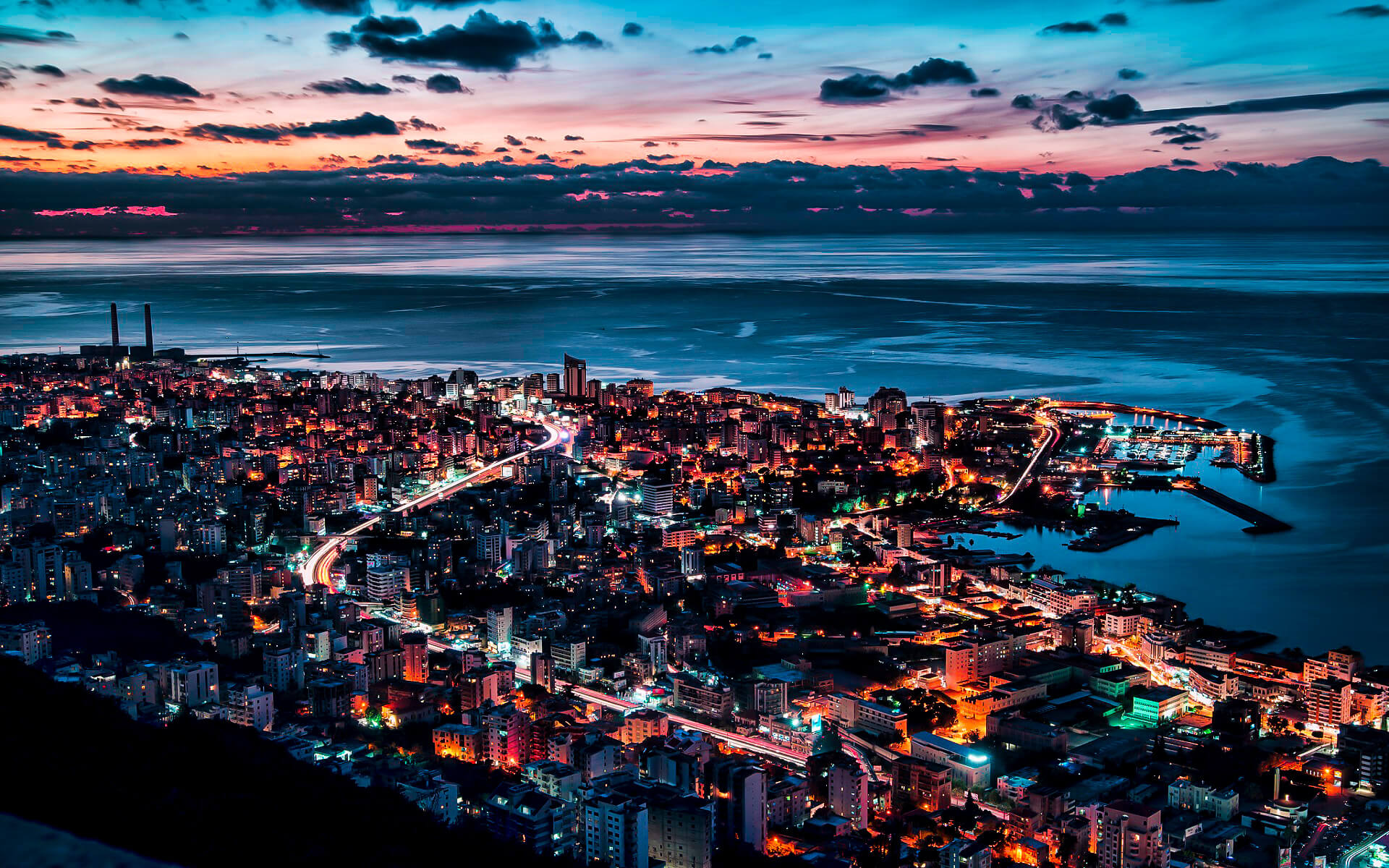Beirut’s Central District, which is mostly pedestrianized, is the heart of the city’s tourist sector. The neighborhood is made up of stone-façade structures that line arcaded roadways and radial lanes. The architecture in the neighborhood is a blend of French and Venetian Gothic styles, as well as Arabesque and Ottoman elements. There are several historic mosques and crusader churches in the neighborhood, as well as Roman relics and ruins. The District is home to a plethora of restaurants, cafés, and taverns, as well as a diverse selection of retail establishments, the most of which are located in Beirut Souks. The district’s New Waterfront, marina, and beach promenade are all lined by high-rise hotels and skyscrapers.
The Corniche Beirut, a 4.8 km (3 km) pedestrian promenade that encircles the capital’s coastline from Saint George Bay in the north to Avenue de Paris and Avenue General de Gaulle in the south, is another famous tourist site in Beirut. Raouché, a high-rise residential enclave towering above a massive white limestone cliff and facing the iconic off-shore Raouché Rocks, is where the corniche reaches its highest point above sea level.
Hamra Route is a lengthy cobblestone street that connects Beirut’s Central District to the seaside Raouche neighborhood. The street is densely packed with shops, boutiques, restaurants, banks, street sellers, sidewalk cafés, newspaper kiosks, and a thriving nightlife fueled by students from the nearby American University of Beirut. Another popular tourist site is the AUB campus, which is made up of a collection of red-roofed buildings from the nineteenth century spread out on a forested slope overlooking the Mediterranean.
Gemmayzeh is Beirut’s creative Bohemian area, with tiny lanes and ancient French-era houses. It is situated to the east of Beirut’s Central District, adjoining the Saifi Village. The region is well-known for its stylish bars and pubs, cafés, restaurants, and lounges, the majority of which are immediately situated on Rue Gouraud, the main artery that runs through the heart of the city. Gemmayzeh was dubbed “SoHo by the Sea” by Travel + Leisure magazine in 2004 because of its colorful and stylish cafés nestled among 1950s apartment complexes and hole-in-the-wall stores.
The tourist sector in Beirut has traditionally been significant to the local economy and continues to be a key source of income for the city and Lebanon as a whole.
Prior to the Lebanese Civil War, Beirut was popularly recognized as “The Paris of the Middle East,” often touted as a financial and economic powerhouse where tourists could experience Levantine Mediterranean culture.
Because of its diversified environment and historical history, Beirut is an essential destination that is steadily rebuilding itself after years of instability. Although, in recent years, several nations, such as the United States, have repeatedly placed Lebanon, and particularly Beirut, on their travel warnings list owing to a high number of vehicle bombs and organized political violence.
According to 2012 tourism data, 34% of visitors to Beirut came from Arab League nations, 33% from European countries (mostly France, Germany, and the United Kingdom), and 16% from the Americas (about half of which are from the United States).


